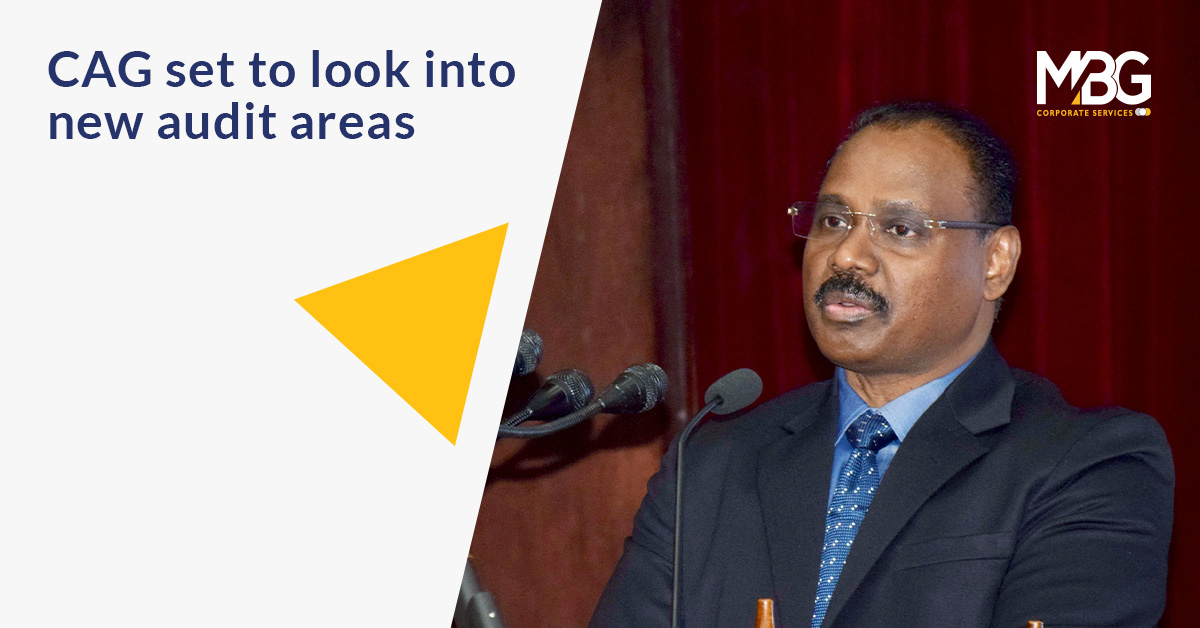Integrated Reporting : All You Need to Know
December 07, 2022

Integrated Reporting
- Introduction
In the last few decades, the concept of value is slowly and gradually shifting from price-based or market value of an entity to asset-based whether it is tangible or intangible assets. Since the dynamics of the global economy are changing, today’s organizations require to assess the value created over time by actively managing a wider range of resources. Resources like intangible assets such as intellectual capital, research, and development, brand value, and natural and human capital have become as important as tangible assets in many industries. However, these intangible assets are not universally assessed in current financial reporting frameworks even though they often represent a substantial portion of market value.
Integrated reporting is part of an evolving corporate reporting system. This system is enabled by comprehensive frameworks and standards, addressing measurement and disclosure in relation to all capitals, appropriate regulation, and effective assurance. Integrated reporting is consistent with developments in financial and other reporting, but an integrated report also differs from other reports and communications in a number of ways. In particular, it focuses on the ability of an organization to create value in the short, medium, and long term.
- What is Integrated Reporting?
Integrated reporting is a concept that has been created to better articulate the broader range of measures that contribute to long-term value and the role organizations play in society. Integrated Reporting is enhancing the way organizations think, plan and report the story of their business. Central to this is the proposition that value is increasingly shaped by factors additional to financial performance, such as reliance on the environment, social reputation, human capital skills, and others.
This value creation concept is the backbone of integrated reporting and is the direction for the future of corporate reporting. In addition to financial capital, integrated reporting examines five additional capitals that should guide an organization’s decision-making and long-term success — its value creation in the broadest sense.
Organizations are using to communicate a clear, concise, integrated story that explains how all of their resources are creating value is helping businesses to think holistically about their strategy and plans, make informed decisions and manage key risks to build investor and stakeholder confidence and improve future performance.
An integrated report is a concise communication about how an organization’s:
- Strategy
- Governance
- Performance And
- Prospects
In the context of its external environment, it leads to the creation, preservation, or erosion of value over:
- Short,
- Medium, and
- Long term
- Purpose of Integrated Reporting
The primary purpose of an integrated report is to explain to providers of financial capital how an organization creates, preserves, or erodes value over time. It, therefore, contains relevant information, both financial and other.
An integrated report benefits all stakeholders interested in an organization’s ability to create value over time, including:
- Employees
- Customers
- Suppliers
- Business partners
- Local communities
- Legislators
- Regulators and
- Policy-makers.
- Salient Features Of Integrated Reporting Framework
- Principle-Based Approach
- Targets the Private Sector or Profit Making Companies
- Quantitative and qualitative information
- Identifiable Communication
- Financial and Non-financial Items
- Value Creation, Preservation, or Erosion for the Organization and for Others
- The organization itself, which affects financial returns to the providers of financial capital
- Others (i.e., stakeholders and society at large)
- Guiding Principles For Preparation And Presentation Of Integrated Report
The following Guiding Principles underpin the preparation and presentation of an integrated report, informing the content of the report and how information is presented:
- Strategic Focus and Future Orientation
- Connectivity of Information
- Stakeholder Relationships
- Materiality
- Conciseness
- Reliability and completeness
- Consistency and comparability
- There is a multitude of benefits associated with Integrated Reporting - both within an organisation and from an external perspective.
- Encouraging your organization to think in an integrated way.
- Clearer articulation of strategy and business model.
- A single report that is easy to access, clear and concise.
- Creating value for stakeholders through the identification and measurement of non-financial factors.
- Linking non-financial performance more directly to the business.
- Better identification of risks and opportunities.
- Improved internal processes lead to a better understanding of the business and an improved decision-making process.
- Organizational Overview and External Environment
The question to be answered through this element in the integrated reporting is
“What does the organization do and what are the circumstances under which it operates?”
- Organizational Overview
- The organization’s Culture, ethics and values, Ownership and operating structure, Principal activities and market, Competitive landscape and market positioning, Position within the value chain
- KQI: Key quantitative information like the Number of employees, Revenue, etc.
- Other Significant Factors
- External Environments like Legal, Commercial, Social, Environmental, etc.
- Governance
- Business Model
- An integrated report describes the business model, including key:
- Inputs
- Business activities
- Outputs
- Outcomes
- Risks and Opportunities
- Strategy and Resource Allocation
- Performance
- Outlook
- Basis of preparation and presentation
“Integrated Reporting reflects how our company thinks and does business. This approach allows us to discuss material issues facing our business and communities and show how we create value, for shareholders and for society as a whole.”
For more information- Contact us:-
Email id:- [email protected]
Contact no:- +91-8860190008
Contact us and win with our Financial Reporting and Assurance Services









